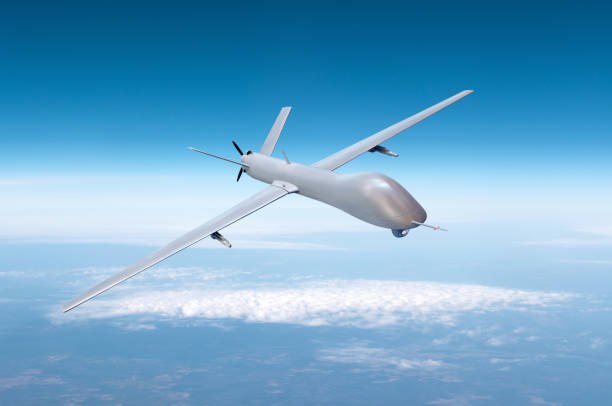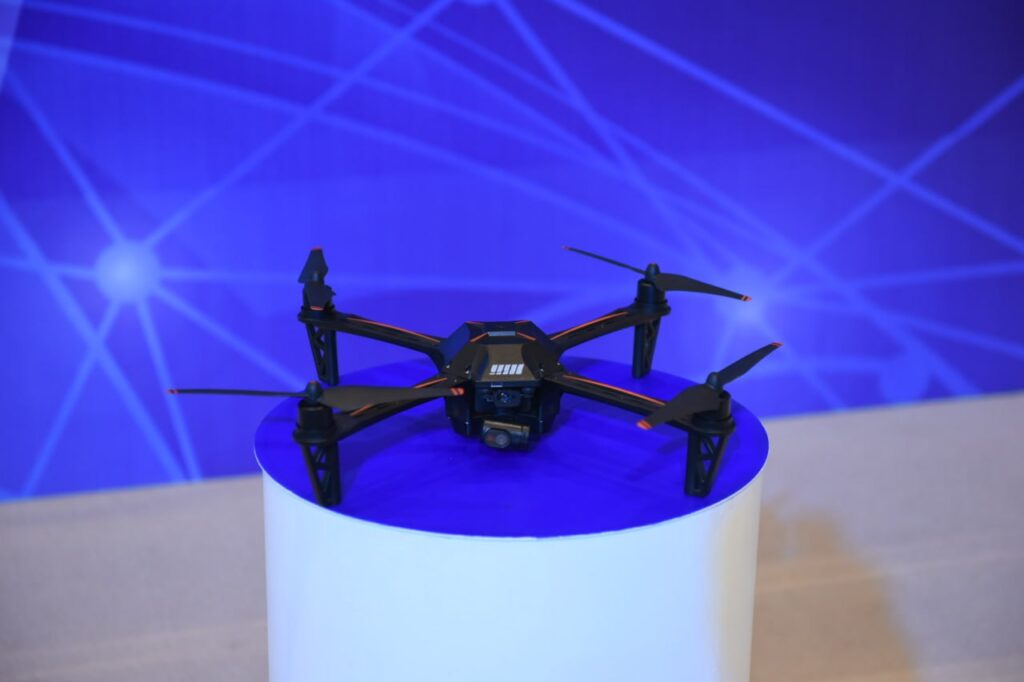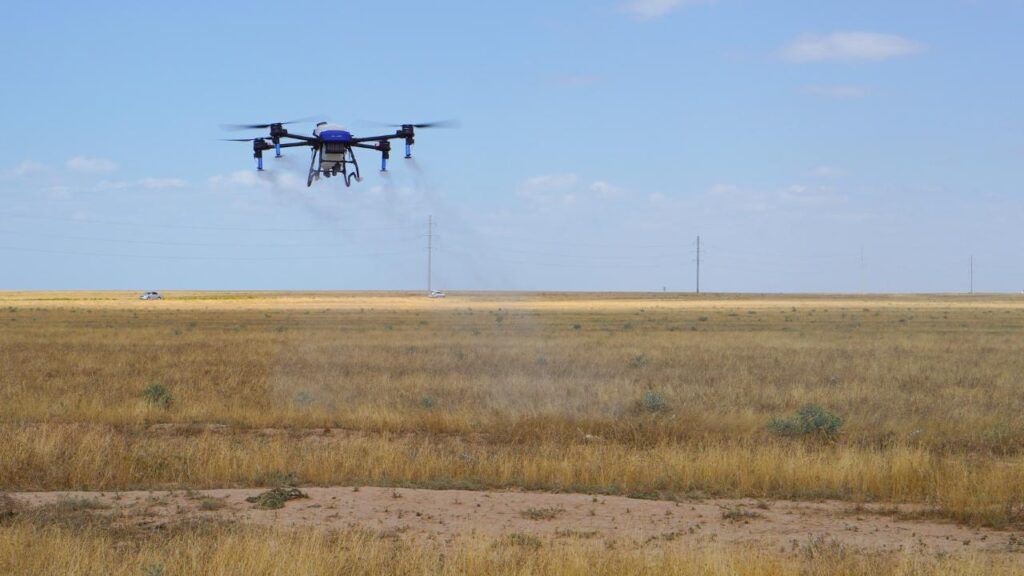Kazakh Lawmakers Propose Remote ID System for Drones
Yelnur Beisenbayev, a deputy of the Mazhilis, the lower house of Kazakhstan’s parliament, has submitted a formal inquiry to Prime Minister Olzhas Bektenov and Defense Minister Dauren Kasanov, proposing the introduction of a mandatory Remote ID system for drones weighing 250 grams or more. Beisenbayev noted that while drones of this weight class, especially those equipped with cameras or sensors, are already subject to mandatory registration in Kazakhstan, enforcement remains weak. Drones weighing up to 15 kilograms can still be purchased freely and used without registration, posing a potential threat to public safety. “This sector, which plays a key role in technological development, must be regulated carefully to prevent its misuse for criminal purposes,” Beisenbayev stated. He illustrated the potential danger with a hypothetical scenario: a toy drone flying above a mass event such as a concert or football match. “In such situations, evacuation of thousands of spectators would be impossible, and the consequences could be catastrophic,” he warned. He urged the government to tighten both administrative and criminal liability for the unauthorized assembly and use of drones. Drawing on international examples, Beisenbayev highlighted the United States, where every drone weighing 250 grams or more is required to have a “digital passport” that includes its serial number, coordinates, and the operator’s data. Similar regulations exist in the European Union, Australia, the United Kingdom, and Canada, where drones must carry unique digital markings and flight recorders (“black boxes”). He proposed that Kazakhstan adopt similar measures, including licensing for drone manufacturers, mandatory digital marking of key drone components, and stricter penalties for violations, especially at mass events. Currently, the Aviation Administration of Kazakhstan oversees the registration of unmanned aircraft systems. UAVs with a maximum take-off weight of 250 grams or more, or any drone capable of collecting personal or confidential data, must be registered. Drones with a take-off weight of 750 kilograms or more require state registration. The proposal comes amid recent drone-related incidents near Kazakhstan’s border with Russia. Several UAV crashes have occurred in the West Kazakhstan region, with the Ministry of Defense later confirming the aircraft may have been launched from a Russian test site. As The Times of Central Asia previously reported, in mid-June, debris suspected to be from a drone was also discovered in the Karakiyan district of the Mangistau region.






